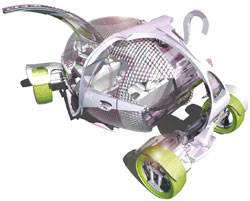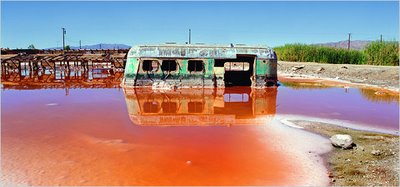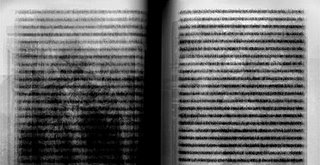
From the website:
Key features Seitz 6x17 panorama camera
Create a high resolution 6x17 digital image (160 million pixels) in one second!
Ideal for use with world-class Schneider or Rodenstock large format lenses (on Seitz lens board) or Linhof Technorama, Fuji and other large format lenses (on adaptor plate)
User-friendly camera system and software with 640x480 pixel colour touch screen for perfect preview, editing, zooming and image control
State-of-the art computer technology with gigabit Ethernet file transfer, powerful portable mini-computer (storage device) and handheld control device (PDA) with IP network WLAN connection
Fully mobile and open system:
- full mobility for outdoors assignments (with camera, portable
mini-computer, handheld control device)
- possibility to use in studio and run software on
computer with free choice of operating system (Mac OS,
Windows, Linux)
Uncompromising precision of camera body and accessories
And it only around $30,000 without lens!
And it's size?
 Check it out
Check it out





















